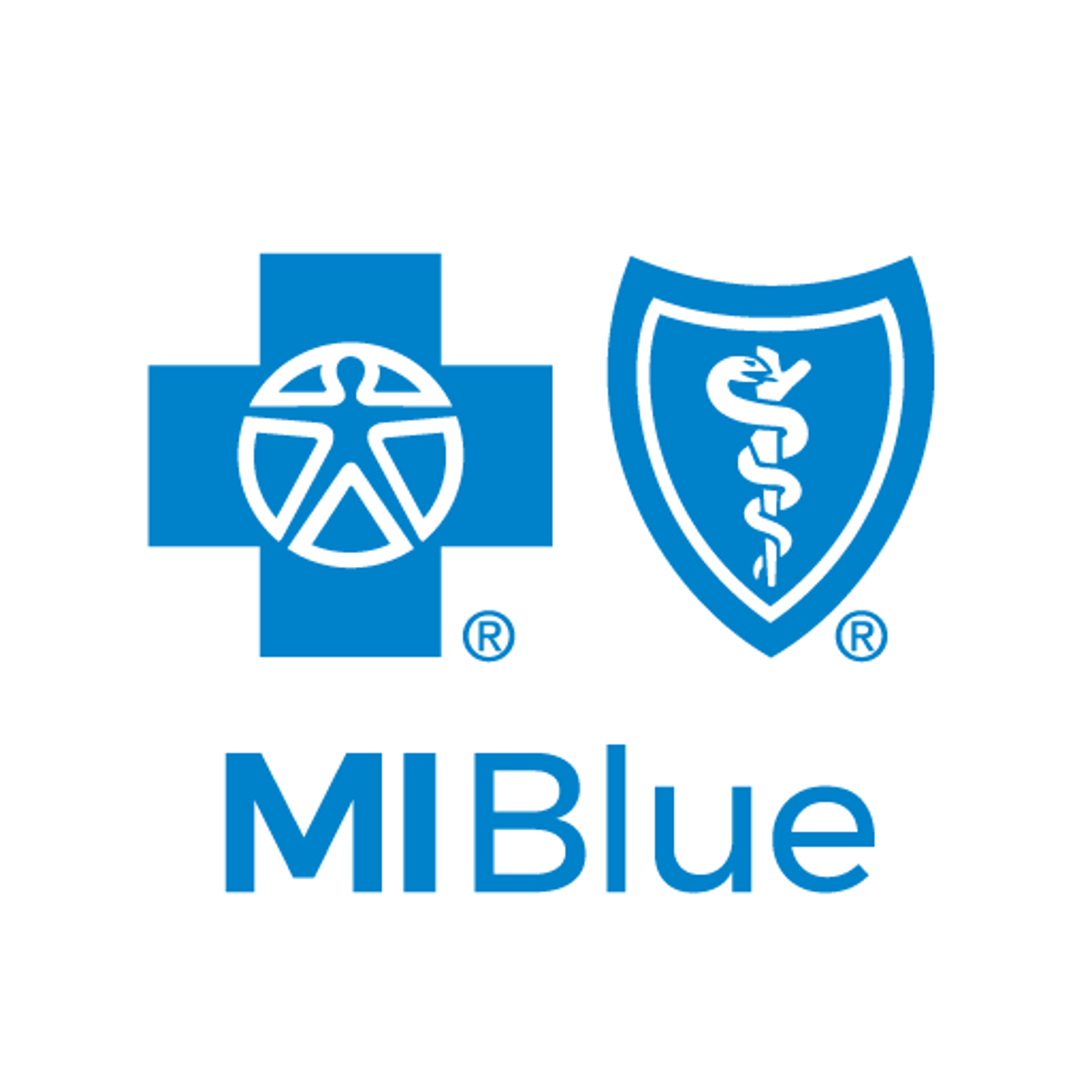What is the Correct Order of Steps for Handwashing?

Blue Daily
| 3 min read

Washing your hands is the number one way to avoid communicable diseases and avoid getting sick. It’s important to wash your hands properly to fully clean and sanitize them. More than 30% of diarrhea-related diseases and more than 20% of respiratory infections can be prevented by proper handwashing, according to the Centers for Disease Control.
How to wash hands step-by-step
Handwashing should become a habit, but it can also become mindless. Make sure each time you wash your hands you take the appropriate steps to fully clean them. This list is not exhaustive, but it is especially important to wash hands:
- before, during and after food preparation
- before and after eating food
- before and after treating someone who is sick
- before and after treating wounds
- after using the toilet
- after touching garbage
- after changing diapers
- after touching animals and animal waste
- after handling pet food
1. Wet your hands with running water.
Wetting your hands before applying soap makes the soap more effective and more likely to fully cover hands while washing and prevents rinsing soap immediately from hands before lathering.
2. Use soap and lather, then wash hands for 20 seconds at minimum.
A classic way to track the time is to sing or hum the Happy Birthday song twice while washing your hands. Make sure to clean all parts of your hands, including the backs of hands, in between fingers and up to or past the wrist.
3. Rinse the soap off your hands.
Run water over your hands after lathering and scrubbing your hands until it runs clear of soap or bubbles.
4. Using a paper towel, arm or elbow, turn off the water faucet.
Faucets get a lot of use and not everyone who uses them may be washing their hands properly. To avoid contamination from a dirty sink fixture or handle, turn the faucet on and off using a clean paper towel or part of your arm. This is especially true in public restrooms and outside the home.
5. Dry your hands using a paper towel or hand dryer.
Drying hands will prevent skin from becoming irritated and damp hands from picking up more contaminants. Make sure to use a clean paper towel, or an air dryer such. Do not dry your hands on clothes or dirty hand towels.
6. If you’re washing your hands in a restroom, use your elbow or a clean paper towel to open the door.
Some restrooms now have hands-free doors with elbow- or foot-operated opening fixtures, allowing users to open the door without soiling their hands. Use these if available or use a workaround such as a paper towel to grab the door handle and exit.





